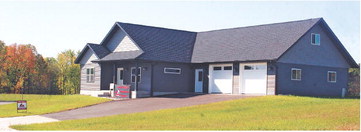Things to consider when planning a forever home


As people look to build their forever homes, there are several considerations for them to keep in mind.
Jason Wanke of Wausau Homes in Medford regularly wor...


As people look to build their forever homes, there are several considerations for them to keep in mind.
Jason Wanke of Wausau Homes in Medford regularly wor...